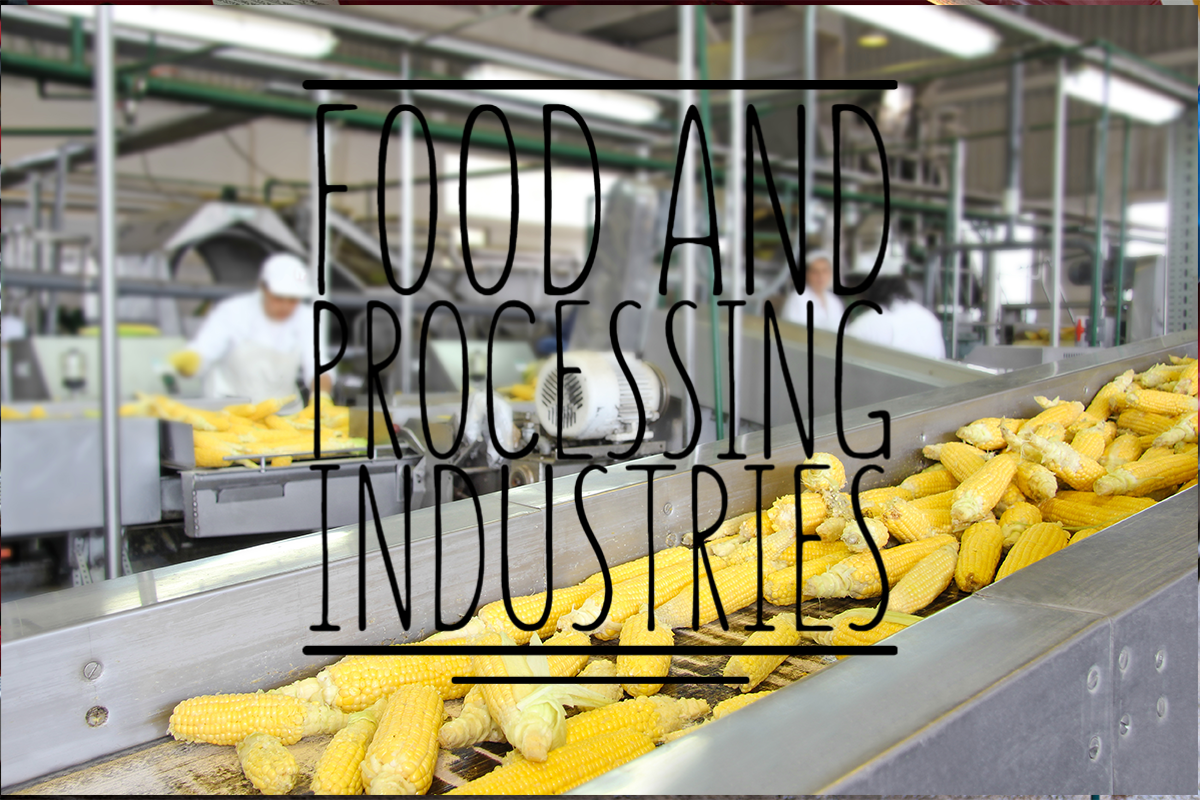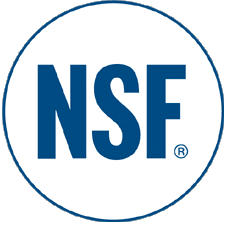Food Grade Lubricants
Food Grade Lubricants



Food, Pharmaceutical, beverages and several industries which manufacture consumable products, either production or
packaging both kind of companies have to maintain hygiene and safety standards to the peak. These factors include cleanness, sterile environment and
sanitized equipment and machinery. For proper functioning, these machinery require lubrication regularly.
Have you ever wondered what happens if due to over lubrication, messy application or through leaks the product get contaminated with harmful lubricant?
Use of Lubricants with harmful chemical in such industries cause several health problems. To reduce these risks associated with unavoidable occasional trace contamination, food grade lubricants are formulated.
Have you ever wondered what happens if due to over lubrication, messy application or through leaks the product get contaminated with harmful lubricant?
Use of Lubricants with harmful chemical in such industries cause several health problems. To reduce these risks associated with unavoidable occasional trace contamination, food grade lubricants are formulated.
What Makes Food Grade Lubricants Different?
Unlike other lubricants, food grade lubricants are
♦ Physiologically inert, odorless, tasteless, nontoxic and harmless.
♦ Exhibit a neutral behavior when contact with elastomers and plastic.
♦ Excellent oxidation stability.
♦ Good compatibility and adhesion with construction materials such as metal and plastics.
♦ High water resistance.
♦ Prepared with base oil which are generally low sulfur petrochemical, less easily oxidized and emulsified.
♦ Exhibit a neutral behavior when contact with elastomers and plastic.
♦ Excellent oxidation stability.
♦ Good compatibility and adhesion with construction materials such as metal and plastics.
♦ High water resistance.
♦ Prepared with base oil which are generally low sulfur petrochemical, less easily oxidized and emulsified.
How important it is to use right lubricant?
Use of proper lubricant increases equipment life and productivity level. Selection between mineral and synthetic based
lubricants play key role in maximizing equipment life, decreasing maintenance cost and even lessening the need for frequent lubrication of bearings and
gear components. Factors to keep in consideration while implementing either synthetic or mineral based lubricant is, plant’s specific application
including machine type, average productivity level, gear type, bearing speed etc. choosing a right food grade lubricant ensures that industries can
deliver consumable products which are protected from any harmful chemical during its processing.
For the Selection of appropriate lubricants United States Department of Agriculture (USDA) created the original food-grade designations H1, H2 and H3.
H1- These lubricants are food-grade lubricants used in food-processing environments where there is the possibility of incidental food contact.
H2- These lubricants are food-grade lubricants used on equipment and machine parts in locations where there is no possibility of contact.
H3- These lubricants are food-grade lubricants, typically edible oils, used to prevent rust on hooks, trolleys and similar equipment.
H1- These lubricants are food-grade lubricants used in food-processing environments where there is the possibility of incidental food contact.
H2- These lubricants are food-grade lubricants used on equipment and machine parts in locations where there is no possibility of contact.
H3- These lubricants are food-grade lubricants, typically edible oils, used to prevent rust on hooks, trolleys and similar equipment.
To gain the approval lubricant manufacturers had to prove that all the ingredients in the formulation were allowable substances. In the past, it was
the responsibility of the USDA. The National Sanitation Foundation (NSF) has evolved globally to succeed the USDA. NSF International is an accredited,
independent third-party certification body that tests and certifies products to verify they meet these public health and safety standards.


